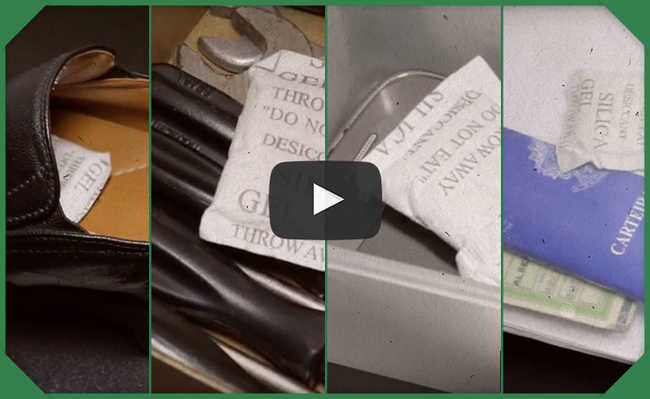Industry 4.0 will bring much more technology to factories and other work environments
A new industrial revolution is taking place and bringing a new type of factories to our reality - see the characteristics of industry 4.0 and what to do to adapt

Image: Sycor
A lot of people have heard about it, but few people know... After all, what is Industry 4.0? The term is used to define the trend that develops with the concept of smart factories (smart factories), which link and articulate virtual and physical systems that, combined with networks and digital platforms with global reachability, provide revolutionary value chains.
The idea comes from the fact that we are going through a fourth industrial revolution - hence 4.0. This revolution is digital and is driven by technologies such as mobile internet, artificial intelligence, automation, machine learning, in addition to improving sensors, making them smaller and enabling the so-called "internet of things".
Many argue that most of these technologies actually came from the third industrial revolution, but even these have developed a great improvement in recent years, such as the internet, which has become mobile, that is, practically ubiquitous. The improvement of these technologies, combined with recent innovations, brought possibilities never seen before, which may characterize the fourth industrial revolution.
Characteristics of what is industry 4.0, according to Boston Consulting Group:
1. Automated robots
In addition to the current functions, in the future they will be able to interact with other machines and humans, becoming more flexible and cooperative.
2. Additive manufacturing
Production of parts, through 3D printers, that mold the product by adding raw material, without the need for physical molds.
3. Simulation
It allows operators to test and optimize processes and products even at the design stage, reducing costs and creation time.
4. Horizontal and vertical integration of systems
Information technology (IT) systems that integrate an automated value chain through data digitization.
5. Industrial Internet of Things
Connect machines, through sensors and devices, to a computer network, enabling centralization and automation and control and production.
6. Big data and analytics
It identifies flaws in company processes, helps to optimize production quality, saves energy and makes more efficient use of resources in production.
7. Cloud
Database created by the user, able to be accessed from anywhere in the world, through a multitude of devices connected to the internet.
8. Cyber security
Means of communication increasingly reliable and sophisticated.
9. Augmented reality
Systems based on this technology perform a variety of services, such as selecting parts from a warehouse and sending repair instructions via mobile devices.
With robots communicating with each other, exchanging information, status and issues, smart factories don't just depend on people to make decisions. Networked, in an environment where all equipment is interconnected, machines can determine what each other should do.
But beyond the technologies involved in this new industry, the fourth industrial revolution proposes a different form of human relations in the business environment. Smart companies will require a more multidisciplinary professional. Fewer and fewer professionals will be hired to exercise exclusively what they studied in college. Not to mention the need for professionals to adapt to machines and robots that are also intelligent, the interaction with them will go far beyond simply pressing buttons. Only the future will tell what else is coming and what are the advantages and limits of new technologies imposed by these imminent changes.










